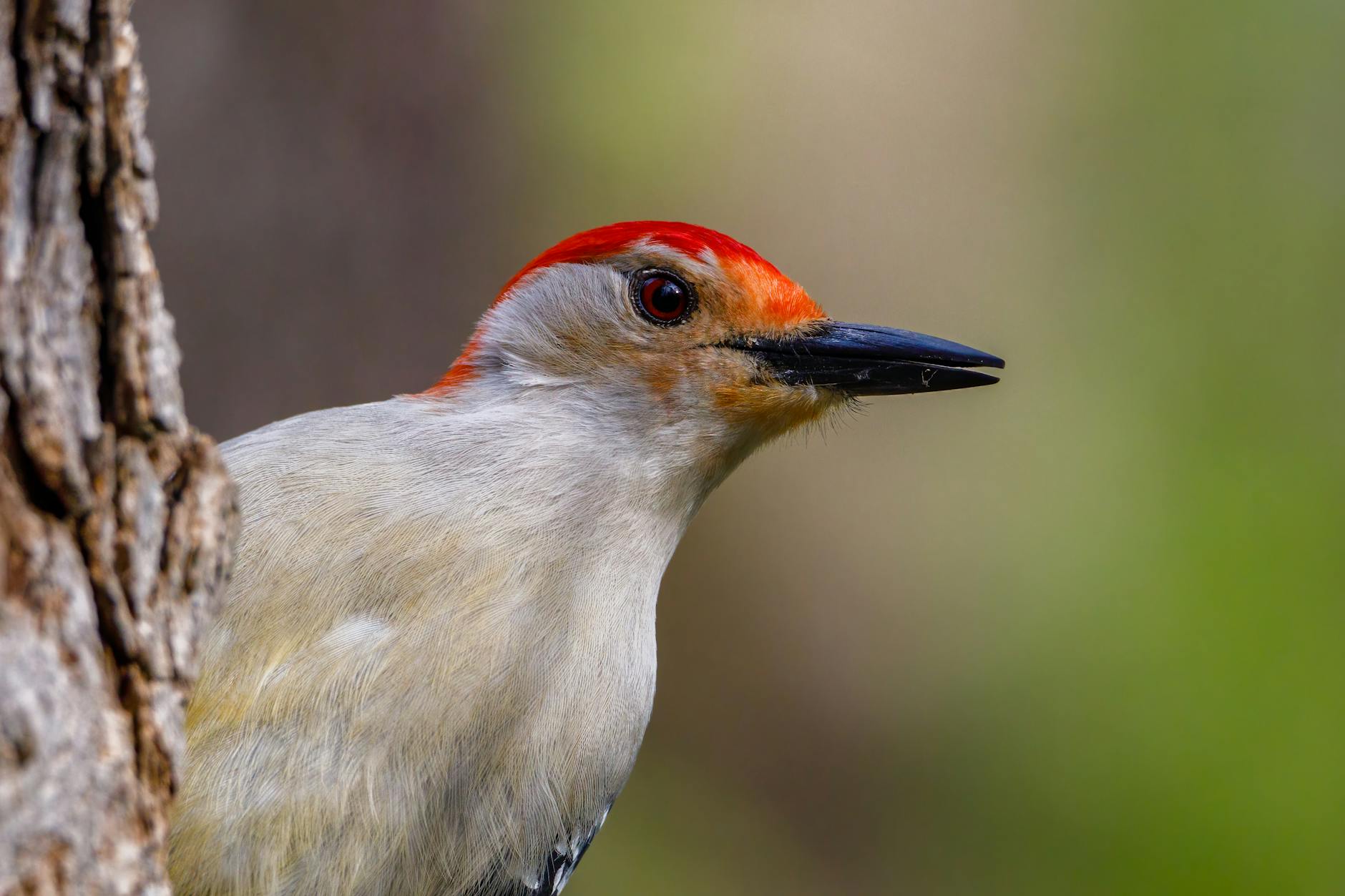How Native Plants Compete with and Help Prevent the Spread of Invasive Plant Species
Invasive plant species are one of the greatest threats to local ecosystems, often outcompeting native plants and disrupting the natural balance of our environments. These non-native species can overtake landscapes, suffocating native flora, altering soil composition, and causing ripple effects throughout the ecosystem. However, native plants, with their deep-rooted connection to the land and its creatures, offer a powerful solution in combating this growing problem. When reintroduced to ecosystems, native plants provide not only beauty and biodiversity but also a vital defense against the spread of invasive species.
Understanding Invasive Species
Invasive species are plants, animals, or microorganisms that are not native to a specific location and cause harm to the environment, economy, or human health. Invasive plants, for example, often lack natural predators or competitors, allowing them to grow rapidly and dominate habitats. These plants often have traits that allow them to thrive in a variety of environments, which makes them particularly dangerous when they enter ecosystems where they have no natural checks. Once established, invasive species can outcompete native plants for resources like sunlight, water, and nutrients. This disrupts not only the plant community but the wildlife that depends on these plants for food, shelter, and pollination.
The Competitive Advantage of Native Plants
Native plants are uniquely suited to thrive in their local environments. They have evolved over thousands of years to develop the resilience and adaptations needed to coexist with native wildlife, insects, and other plant species. This deep-rooted connection to their environment gives native plants a distinct competitive advantage over invasive species. Unlike non-native plants, which can easily overrun an area, native plants have a natural resistance to pests and diseases, allowing them to maintain healthy populations without needing chemical interventions.
In addition, native plants are integral to maintaining the ecological balance of a landscape. They provide habitats and food sources for local wildlife, from birds and butterflies to bees and small mammals. Their root systems help prevent soil erosion, while their presence stabilizes local water cycles by supporting the growth of other vegetation that controls water flow and filtration.
How Native Plants Help Prevent Invasive Spread
Native plants don’t just survive in their ecosystems—they actively contribute to their stability. One of the key ways they help prevent the spread of invasive species is by directly competing with them. When native plants are introduced into areas affected by invasive species, they naturally outcompete these foreign invaders for vital resources. Native plants often grow faster in their native environments, and their root systems can quickly establish themselves in disturbed soils, leaving little room for non-native species to take hold.
Moreover, native plants help restore soil health by supporting beneficial microbes and insects. By maintaining soil integrity and promoting biodiversity, native plants create an ecosystem where invasive species cannot easily take over. In many ways, planting native species is an act of ecological restoration, helping to heal landscapes that have been damaged by the spread of invasive species.
The Role of Native Gardens and Landscaping
Whether you have a large garden or a small balcony, you can play a crucial role in preventing the spread of invasive species. By choosing native plants for your garden, you create a sanctuary for local wildlife and help reduce the spread of harmful invasives. Native gardens don’t just look beautiful—they’re a powerful tool for ecological restoration. Whether it’s a wildflower patch that attracts pollinators or a simple border of native shrubs that provides habitat for birds, every native plant you add to your garden is a step towards a healthier ecosystem.
If you’re unsure where to start, focus on your local climate and the types of plants that naturally thrive in your area. Local garden centers that specialize in native plants can help you select species suited for your space, and many organizations offer guides to planting native gardens.
Taking Action: How You Can Help
The fight against invasive species begins in our own backyards. By planting native species and supporting local conservation efforts, you can be part of a movement to restore ecological balance. It’s not just about planting flowers—it’s about giving our ecosystems the tools they need to thrive. Whether you’re creating a pollinator-friendly garden or supporting habitat restoration projects, each step you take helps ensure a future where native plants, wildlife, and biodiversity continue to flourish.
Embracing the Power of Native Plants
The power to combat invasive species lies within each of us. By embracing the beauty and resilience of native plants, we can restore balance to our ecosystems and protect the biodiversity that sustains our planet. Every native plant planted, every garden cultivated, and every conservation effort made contributes to a healthier, more sustainable world for future generations.
As I stand in my garden, surrounded by the colors and scents of native plants, I am reminded of the quiet power they hold. These plants, with their deep roots in the soil and their delicate dance with the ecosystem, are more than just beautiful additions to our landscape—they are warriors, protecting the balance of life. And every time I plant a native species, I feel connected to a larger movement—a movement toward healing the Earth, one plant at a time. You have the power to make a difference too. By nurturing native plants, you are nurturing the very soul of the land. Let’s work together to protect the world we love.

